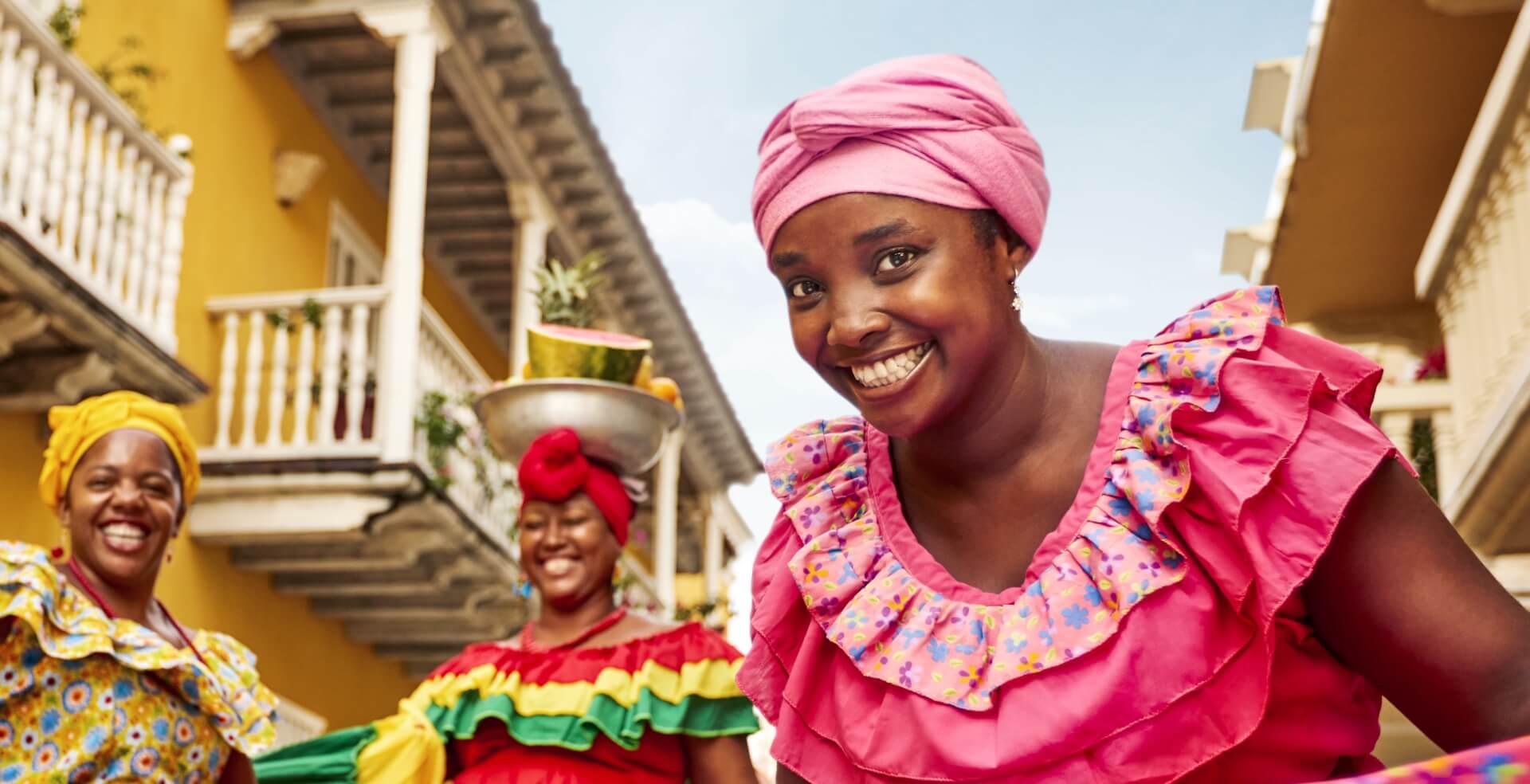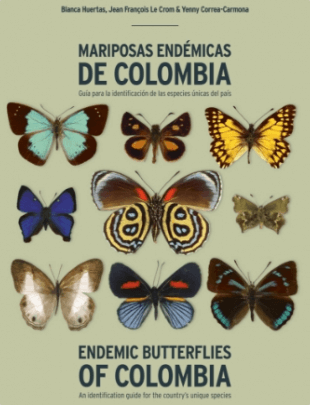Close to the famous city of Cartagena de Indias, in the department of Bolívar, is Santa Cruz de Mompox, a magical town on an island in the middle of the Magdalena River. It exudes history, romanticism, and nostalgia in every corner, especially along the Calle Real del Medio, or Main Royal Street, the most important of all streets and the one that concentrates the most captivating architectural sites.
In colonial times, the town was an important trade center thanks to the navigability of the Magdalena River and its remoteness from the Caribbean Sea, which enabled it to remain free from the attacks of pirates and corsairs. While military constructions reflected in bulwarks and walls grew in Cartagena, a classic, Sevillian-style religious architecture flourished in Mompox and remains today as evidence of those good times.
Many powerful people protected their capital and made important investments in Mompox. By reason of these winds of progress, the transport of gold and its delivery into the hands of Mompox artisans took place. Thus, began the prestige of their art of fine metalworking.
For a long time, Mompox was a strategic location between two powers. On the one hand, Santa Fe de Bogotá in the center of the country; on the other, Cartagena de Indias on the ocean’s shores
Towards the end of the 18th century, Mompox was one of the most important towns in the New Kingdom of Granada. Its boom continued into the 19th century, when it declared its absolute independence from Spain in 1810 and earned the title of "Courageous City".
Back in those times, Mompox was vitality and progress, but the bonanza began to change by nature's fault. Erosion and sedimentation changed the course of the Magdalena River, a circumstance that increased the volume of the Loba arm of the river and decreased that of the Mompox arm. The commercial and social life of the town diminished and soon after began the exodus of its inhabitants to other regions.
The town became an island enclosed by the Loba and Mompox arms of the river and access became very difficult. Perhaps this is one of the reasons why time seems to have come to a standstill in Mompox. Yet it is also for this reason that it arouses the curiosity to know the island and surrender to its charms.
The traditional architecture of Mompox
Among religious architecture, the churches of Santo Domingo, San Juan de Dios, San Agustín, and Santa Barbara stand out. For its history and structure, the latter is especially revered by the residents. The temple is located on the street of La Albarrada, which runs parallel to the river, and on which Casa 1734 and Portales de la Marquesa are also situated.
The Casa de la Cultura, or Culture House, the Bolívar and Santander Parks, the Te Deum House, the Justice Palace, and the Museum of Religious Art are found along the Main Royal Street. They were all built with rammed earth, and have clay tiles and iron windows with shelves, railings, and pentice roofs.
Other streets, such as La Calle de Atrás, lead to the Santo Domingo Church and the cemetery. The latter is a well-preserved location that pays homage to the memory of General Hermógenes Maza and the well-known Black poet Candelario Obeso, famous for his Cantos populares de mi tierra and Canción der bogá ausente.
Holy Week in Mompox
A tour of Mompox is also a review of history and the fervent Holy Week celebrations that are still maintained, beginning with the processions of the week following Ash Wednesday. Momposinos are friendly and happy, but preserve their ascetic character when it comes to celebrating Holy Week, the time of year when the influx of tourists is greatest.
Yet at any time of year a trip to Mompox is fascinating on account of stories heard, old, dilapidated constructions, and intellectual and historical discussion groups that do not cease to debate about the country’s events and the town’s history.
How to get to Mompox
Despite the fact that the Botón de Leyva Bridge that joins Mompox to the municipality of El Banco (department of Magdalena) is now open and that it is the only access to the island by land, the most common way of arriving is via Cartagena. The route leaves Cartagena and crosses Magangué and Yatí in the department of Bolívar, where a ferry on the Magdalena River travels to a location known as La Bodega. From there, the road to Mompox winds its way through various plantations and cattle haciendas.
Shopping in Mompox
If it is about shopping for valuable gold pieces, Mompox jewelers enjoy international fame for their marvelous filigree art. There is also a demand for furniture like the traditional rocking chairs, and delicious food likecapa cheese and Doña Ada’s lemon dessert are good companions during tours of the town.


















